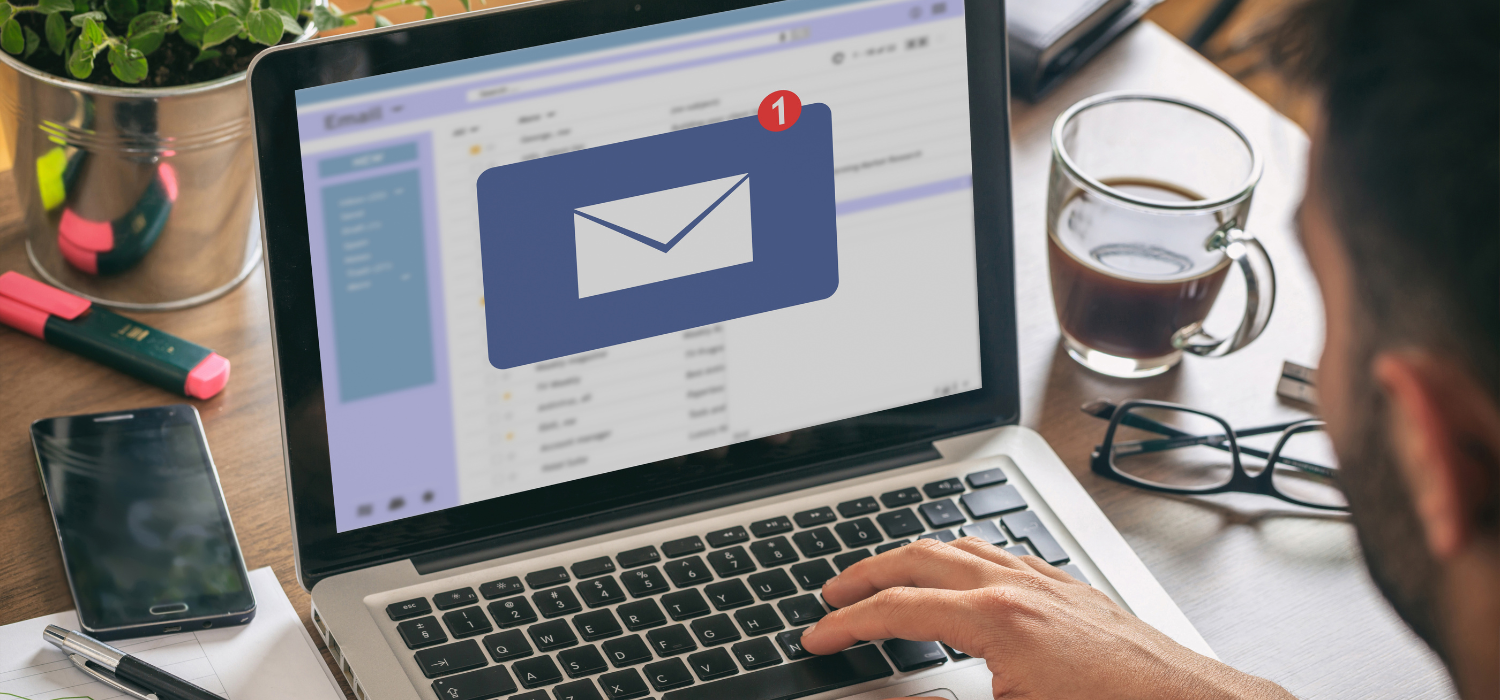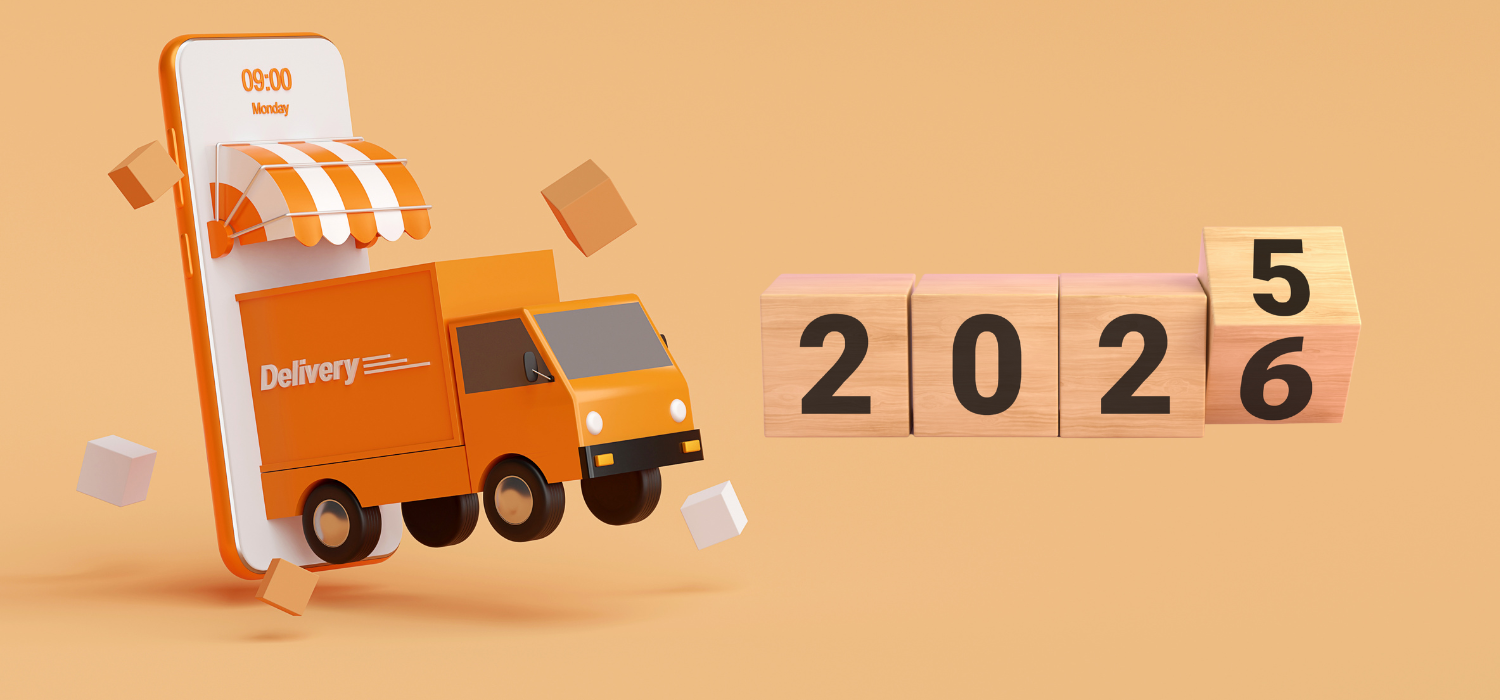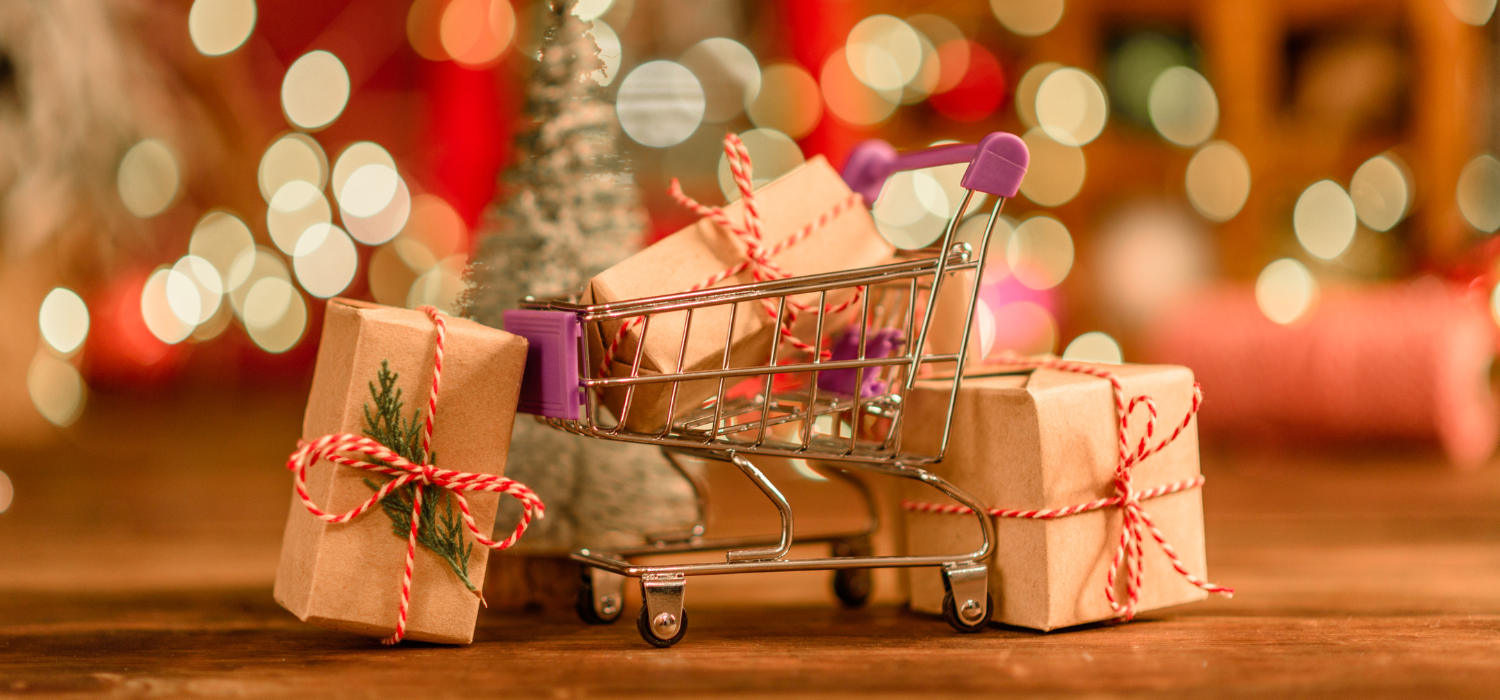Communication of delivery steps to the end customer today is crucial to ensure an optimal delivery experience. In the previous episode, we discussed the main eCommerce shipping trends in 2024. Among these, the phenomena that emerge with particular force are the ever-increasing speed of shipments, consumer demand for flexible and customised deliveries and, finally, the need to keep one’s customers constantly informed about the status of shipments.
Communication with the customer, therefore, increasingly assumes a central role, not only in the initial stages of the buying experience, but also in the final stages: delivery and after-sales.
In this article, we therefore delve into the importance of communication throughout the entire process of shipping orders to customers, focusing on why it is important to manage communication and, above all, how to manage it effectively and with what tools.
Why manage delivery communication
The answer is simple: maintaining constant communication with customers is the basic rule for establishing a lasting relationship of trust with them.
Indeed, customers today are no longer satisfied with just transparent and timely information on the tracking of their orders, but aspire to an increasingly personalised experience.
What does this mean? That notifications on the status of shipments must tend towards a specific communication tailored to the needs of each individual customer.
For example, if your customer has made specific and particular requests regarding the delivery of his order, it is good to inform the customer that you have correctly understood all his requests and are able to fulfil them by updating him step by step on the status of his shipment.
Personalising the communication of delivery stages as a lever for loyalty
Just as eCommerce sites adapt to the user by displaying different screens, so too do shipping notifications tend towards one-to-one communication, specific to each individual customer.
In this way, the customer will know that he or she has been listened to with due attention, and the entire customer experience will benefit, with a strong impact on loyalty.
A survey carried out by Unguess showed that the absence of these communications causes anxiety to 47% of consumers, definitely undermining the credibility of the eShop in 33% of cases.
How to manage delivery communication effectively
Having analysed why it is important to communicate with one’s customers and, above all, why customise communication, we come to the heart of the matter: how to communicate efficiently and effectively with consumers?
What to communicate to customers
According to a recent research conducted by Qaplà, the status on which customers are most interested in being updated is ‘order on delivery’, which is crucial for 23% of the eShoppers surveyed.
However, the research shows that consumers are interested in being updated throughout the delivery progress.
For example, the data recorded in this analysis show remarkable open rates – on average over 40%, but with peaks even above 70% – even for e-mails with the subject line ‘order shipped’ and ‘order delivered’.
Other shipment statuses on which customers want to be updated are, for example:
- Order awaiting collection
- Order in transit
- Order delivered at Collection Point
- Problems with the order
- Delivery failed
In the last two cases, it is always a good idea to also inform customers of what the problems were with the dispatch or delivery of the order, and offer them alternative solutions, such as the possibility of rescheduling the delivery, or offer them the option of an alternative delivery method, at a Locker or a Pick-up Point.
Ultimately, therefore, it is good to take care of the communication of all the main stages, without neglecting any of them.
Useful tools for communicating delivery stages
Communicating with all customers (especially in the case of large online stores), and doing so in a personalised manner, would be unthinkable without the help of new technologies.
Thanks to the use of ad-hoc tools, merchants today can therefore package personalised e-mails and delivery tracking pages, including product recommendations and promotional offers based on the recipient’s data.
This is to all intents and purposes a marketing strategy aimed not only at customer loyalty, but also at increasing sales. This is why it is good for the merchant – and not the courier handling the delivery – to maintain the ‘direct line’ with their customer.
In fact, it is important to ‘maintain the relationship’ with one’s customer also in the after-sales phase, i.e. when the order has in fact already been delivered, for example by asking the customer whether the product and service have met expectations, or whether there are additional needs that can be met.
Think, for example, of how important it is to maintain communication with the customer in case the latter wishes to return purchased products.
So what are the tools that can be used by online stores? We have selected a couple for you.
Tools that enable personalised communication with customers
There are many tools that allow you to communicate with your customers, also about the status of the shipment, in order to guarantee an optimal delivery experience. Here are some of them:
- The Qapla’ tool makes it possible to give precise, real-time information on the status of the shipment to the customer, who can thus check the progress of his order at any time.
- Hedyla’s tool provides effective and transparent communication throughout the transport and delivery process by sending notifications and alerts on important events relating to the shipment. At the same time, the customer can follow the status of the shipment in real time, from the moment of collection to final delivery.
And when the customer chooses a Locker or a Pick-up Point as pick-up method?
In this case, we can only recommend the GEL Proximity tool! How does it work? Let’s find out now.
Communication of delivery stages with GEL Proximity
Thanks to GEL Proximity, communicating delivery stages to your customers who choose a Locker or Pick-up Point as their pick-up mode will be simple and effective.
By translating hundreds of different courier states, we are able to translate messages to your customers in four simple states:
- parcel left the warehouse
- parcel arrived at PUDO
- parcel in storage for #N days
- parcel collected
The GEL Proximity tool is complementary to the most modern tracking platforms that allow the communication of delivery stages (such as, for example, the two mentioned above) and which, however, are mainly dedicated to communication with the end customer in the event that the latter opts for home delivery.
The transactional experience of GEL Proximity also makes it possible to have a rating of proximity services, rated by the end customer according to his experience. The reception at the Pick-up Point and the in-store services, in fact, represents a crucial point of the customer’s Delivery Experience. In addition, personalising the customer experience also means giving them the opportunity to tell about their direct experience. In this way, the customer will not only feel heard, but will know that their opinion and level of satisfaction is crucial.
And that’s not all. GEL Proximity is also able to track how the customer travelled to the chosen Pick-up Point and calculate the resulting environmental impact, helping to generate greater awareness of the issue.
Want to find out more? Contact us for more information now.













